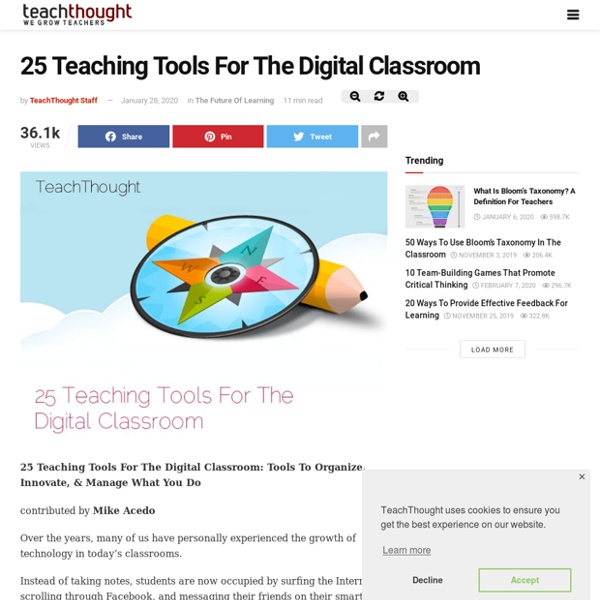Effective Marking
We're all about helping teachers with high quality teaching materials, but hand in hand with that goes the time saving element. We hope that our materials are more than just about saving time, but of course that's all part of it too, and if we can stop teachers reinventing the wheel so they can spend a bit of extra time with their loved ones - then all the better! But one thing that is quite hard to cut down on is marking. It's one of those things that you have to do, but aren't always sure whether what you're doing is adding value.
Using Literacy Skills to Solve Math Word Problems
When Concourse Village Elementary School (CVES) opened in 2013 in the wake of the planned phaseout of P.S. 385, which the New York City Department of Education had tagged with a D, students were struggling academically. “When we arrived, we found a major deficit across all content areas,” said incoming principal and school founder Alexa Sorden, who was particularly alarmed by the reading scores. “The first year was challenging because we were trying to come up with a plan and say, ‘OK, how are we going to make sure that all the children are reading on grade level so that they’re prepared?’” Sorden, a former literacy specialist and teacher, felt that a strong foundation in reading and writing underpinned success across all content areas—and she made it the school’s mission to be literacy-first.
7 Must Have Google Docs Add-ons for Teachers
Google Docs is a popular tool among teachers and students and several of you use it in their daily instruction. It offers a number of interesting features that allow users to easily create and share documents. It also supports collaborative team work and enables users to collectively work on the same document, exchange feedback and edit each other’s work in real-time. There are tons of other important features that make Google Docs a must have tool in your instructional digital toolkit. We have covered several of them in previous posts here in EdTech and mLearning.
About
Contact me via email at richardbyrne (at) freetech4teachers.com About the blog: The purpose of this site is to share information about free resources that teachers can use in their classrooms. In 2008 Free Technology for Teachers was awarded the Edublogs Award for "Best Resource Sharing Blog." In 2009 Free Technology for Teachers was again awarded the Edublogs Award for "Best Resource Sharing Blog" and was awarded the Edublogs Award for "Best Individual Blog."
100 Tools for Teachers and Students - Synap
Technology has changed every aspect of modern life and education is no exception! The modern school sees students confidently engaging with technology and sharing knowledge with each other through their devices. Increasingly students are looking for more engaging and interactive methods to learn and revise moving away from being confined to a desk reading a dull textbook. Teachers now have to compete for their students attention by utilising technology that engages their class and that makes learning fun and effective. This demand has lead to the rapid expanse of the market for education technology n the past decade. There are hundreds of tools for teachers and students to choose from available on the market which can make it difficult to find exactly what you're looking for.
Effective Marking
WHY BOTHER? Effective marking allows us as teachers to show the children that we teach that we value their efforts. It allows us to judge our own effectiveness as teachers. It is when we can make strategic decisions about the next steps children need to make. But more importantly it is a rare opportunity to have an individual dialogue with every child.
In High School, the Kids Are Not All Right
I lost my first student to suicide not long ago. The student was no longer in my class at the time, nor even at the school, but I was flooded with the expected surge of feelings: overwhelming sadness, periodic despair, compulsive frame-by-frame replays of our every interaction. I felt the loss deeply. It was unspeakably tragic—for the student’s friends and family, for me, and for the world I’d hoped the student would help shape. I was haunted, too—I still am—by the fear of a similar tragedy among my raw-nerved and anxious students.
8 Important Google Sheets Add-ons for Teachers and Educators
Yesterday we covered what we think are some of the best Google Docs add-ons teachers should know about. In today's post we are featuring another collection of important add-ons but this time for Google Sheets. Using these applications will enable you to add a wide range of functionalities to your Sheets. These include the ability to grade and analyze online assignments, send mass emails using Gmail, access a huge library of professionally designed Sheets templates, assess and organize students projects in Google Drive, create PDFs from spreadsheets, convert a Google Sheets spreadsheet into a Google Doc, and many more. We invite you to check them out and share with us your feedback.
On Becoming a Teacher/Administrator 2.0
Over the next few days/weeks, I will be blogging about some of the Reform Symposium. I will write about some of the talks, keynotes, and panel discussions. It was truly a wonderful experience and I am hoping to get some of my thoughts down about some of what I saw/heard.



